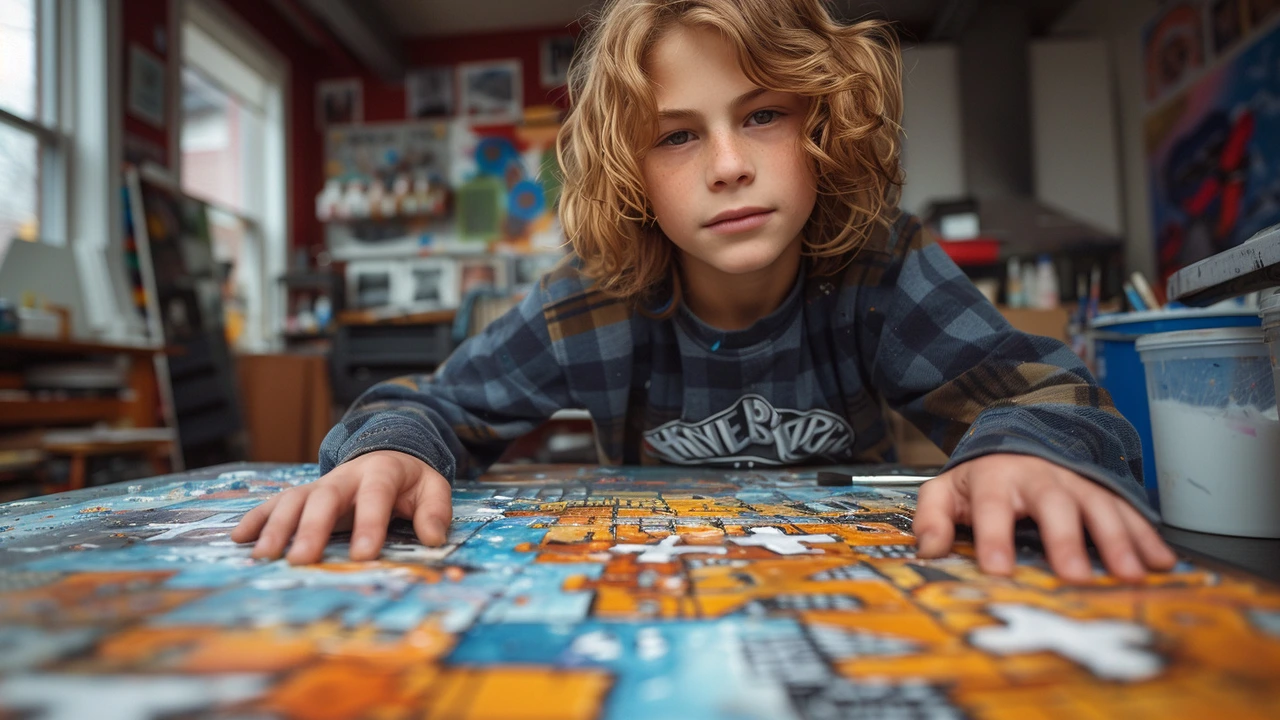Art Technique: Practical Tips & Clear Guides
Want better results fast? Understanding the right art technique for a project saves time and makes your work look intentional. This page groups simple, hands-on methods you can try today—from tight photorealism to loose Abstract Expressionism and large-scale installation pieces.
Photorealism needs patience. Start with a high-resolution reference, map big shapes in light pencil, and block in mid-tones first. Build layers: thin paints, subtle glazes, and careful feathering at edges. Use a soft brush for skin tones and a harder one for crisp reflections. Check values constantly by squinting or photographing your work in grayscale.
Abstract Expressionism is almost the opposite. Focus on gesture and speed. Use large brushes, palette knives, or even rags. Work standing up so your whole arm moves, not just the wrist. Pick three colors and explore mixes quickly. If a section looks stuck, scrape it back or add a fresh, bold mark—often the best ideas come from mistakes.
Bauhaus and De Stijl techniques teach control and clarity. Design with grids, flat colors, and simple geometry. Sketch several thumbnail layouts before committing. Choose strong contrasts and limit your palette to keep pieces balanced. For functional objects, think about how people will use them—good design hides its effort.
Working with Space and Scale
Installation and land art rely on how viewers move around a work. Plan flow: where do people enter, pause, or leave? Test your idea with tape or chalk at full size. Pick materials that handle weather if outside, and use repetition to guide attention. Small elements repeated across space create rhythm; one large element becomes a focal point.
When you can't build full scale, photograph models or make a rough mock-up and view it from different distances. Consider sound and touch—adding texture or subtle noise can make installations more memorable. Safety matters: secure heavy parts and avoid tripping hazards.
Quick Exercises to Improve Fast
Try value studies: spend 15 minutes painting a scene in gray tones only. Do a 10-minute gesture drawing warm-up before any desktop work. For edges practice, paint the same object using only three brushes: a soft round, a flat, and a liner. Limit palettes once per week to learn color mixing. For scale, set a timer and make a tiny and a very large version of the same sketch—different decisions become obvious.
Technique improves with focused practice, honest critique, and variety. Use the posts on this tag—photorealism layering, Abstract Expressionism energy, Bauhaus clarity, and installation planning—as starting points. Pick one method each week, apply it to a small project, and you’ll see progress sooner than you expect.
Tools matter. Invest in a few high-quality brushes (round, flat, liner), a mahlstick for steady strokes, a basic palette knife, and a compact set of neutral grays for value checks. Good canvas or heavyweight paper changes the feel of practice. For installations, add a drill, zip ties, clamps, and weatherproof sealant. Bookmark step-by-step posts on photorealism, installation art, and Bauhaus design here to match tools with technique. Try one tip now, not later.

